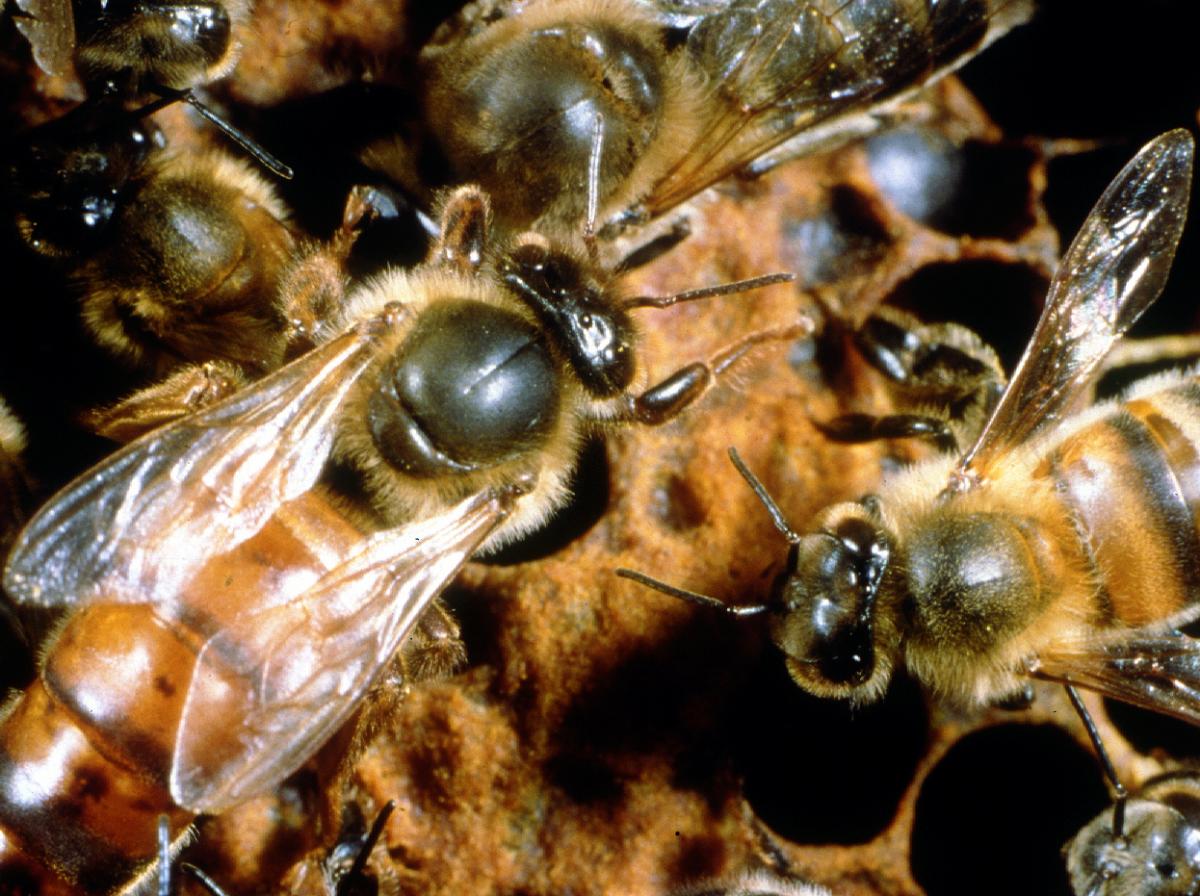Y: Thanks for showing me your bee garden, Don. It looks relaxing.
D: You’d think, but sometimes I find myself watching bees working hard collecting pollen from my flowers, and then I start thinking about how their queen bee doesn’t even have to leave her hive, and I get really worked up, Yaël.
Y: Queens don’t have it easy—think about all the eggs they have to lay. Not to mention all the restrictions put on royalty.
D: Like what?
Y: Well, queen stingless bees are more likely to get executed by their worker bees if they mate with two males instead of one.
D: Why do the worker bees care about their queen’s private life?
Y: They’re worried about their colony’s survival. When a queen stingless bee mates with a male, it’s important for the male to have a different sex allele than she does. When the sex alleles are different, all the fertilized eggs become useful female worker bees. But if the queen and the male have the same sex allele—a situation called matched mating—then 50% of the fertilized eggs become diploid males, which are a genetic dead end for the colony because they can’t reproduce. Normal males develop from unfertilized eggs, by the way, a phenomenon seen in bees, honeybees, and wasps. When a queen mates with two males, her chances of matched mating double. Even though having two mates also reduces the proportion of the eggs that could become diploid males from 50% to 25%, researchers found that 25% still harms the colony enough that they don’t tolerate the increased chance of matched mating.









